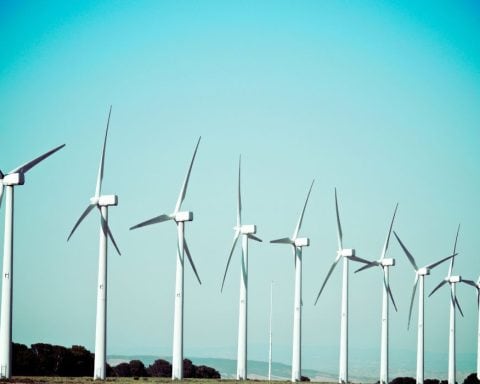It was 1976. I was 24, single and a physics student at the University of Waterloo. The provincial utility was projecting 7% annual growth in electricity demand and calling for 24 new nuclear reactors and 18 new coal-fired units by 1997. The Conservative government put the brakes on the impossibly expensive plan and appointed a Royal Commission to investigate how power planning had gone off the rails in Ontario.
None of the plants were ever built. Peak power demand in 1997 was 22,000 megawatts (MW), not the 57,000 that Hydro had predicted. But the cost of the Darlington nuclear station and the other power plants that were already under construction or approved in the 1970s represented an investment overshoot that would plague Ontario ratepayers and taxpayers for decades.
It was 1989. I was 37, married with two toddlers. My partner and I were running a research and software firm. We had been retained to conduct an independent analysis of Ontario Hydro’s new capital expansion plan, this time calling for 10 new nuclear power reactors, as well as several large fossil-fuelled plants. Ontario Hydro was forecasting peak demand would grow at 2.5% per year and top 35,000 MW by 2014, 50% above its 1989 level. The plan was withdrawn before environmental assessment hearings were even convened and the proposed power plants were never built. Peak demand in 2014 was lower than it was in 1989.
It was 2005. I was 53, vice-president of ICF International, my children were grown, and my wife and I had moved to Cobourg to care for my ailing mother. More than $10 billion in write-offs in the 1990s had effectively bankrupted Ontario Hydro.
The newly formed Ontario Power Authority forecast that peak demand for electricity would start growing nearly twice as fast as it had over the previous 15 years, reaching 30,000 MW by 2025. OPA hired my team at ICF to take an independent look at their projections and we concluded that demand would not grow that fast and could even decline. Nevertheless, the government expedited approval of new gas power plants, and we all know how that went. The gap never materialized. Demand for power reached its all-time high of 27,000 MW in the summer of 2006 and declined to 22,600 MW by 2022.
Now it is 2023. I have two young grandchildren who face a future of climate chaos, my work focuses on the pattern of investments needed for the sustainability transition; and “gap-ology” is once again afoot in Ontario’s electricity planning.
The Ontario Power Authority has been absorbed by the Independent Electricity System Operator (IESO), and it is forecasting an eye-watering 60,000 MW of peak demand by 2050 for Ontario to successfully decarbonize the provincial economy. Like all the ones that came before it, it’s a forecast that will surely be proven both wrong and costly.
It puts the price tag at $400 billion over the next 27 years, not counting the conversion costs for households and firms to electrify, or the costs for local distribution utilities to cope with the transition. Much of the money is earmarked for unproven prototype technologies that have never been built or licensed before, like the four 300-MW enriched uranium light-water reactors slated for Darlington, which will not put power on the grid until who knows when and at who knows what cost.
The government also plans to add four giant 1.2 GW reactors to the Bruce Power nuclear facility, which would make it the largest nuclear plant in the world. It seems unlikely these will be the Canadian-developed CANDU technology. The newest reactor in this country was built 30 years ago; the supply chains for many of the components are long gone. It’s a perfect storm of risk.
Yes, it stands to reason that the shift to electric vehicles and heat pumps will add new electricity consumption to the system. But there is a global energy transition underway, and while electrification is a central theme, so too is the development of technologies, materials and techniques that reduce the amount of electricity and the peak consumption required to meet the demand for human amenities that drive all economies.
These new technologies could keep peak demand growth in Ontario well under 1% per year, even as we electrify our vehicles and our natural gas-heated homes and buildings. They are being researched and deployed in countries where natural resources are scarcer and electricity is more expensive than in Canada, but once they’re developed, they move through the global economy in less time than it takes to design, build and license a multibillion-dollar nuclear power plant prototype.
History continues to outrun electricity planning in Ontario, as it has been doing for decades now, and we all pay for the overshoots and malinvestment that result. We cannot afford another round of ill-conceived commitments to multi-billion-dollar megaprojects that will be left half-built and stranded just as technology, market forces, and common sense are converging on a smarter, less expensive, more distributed and renewables-based energy system. One my grandchildren, and yours, can feel good about.
Ralph Torrie is Corporate Knights' director of research.
A version of this article was first published in the Globe and Mail.





